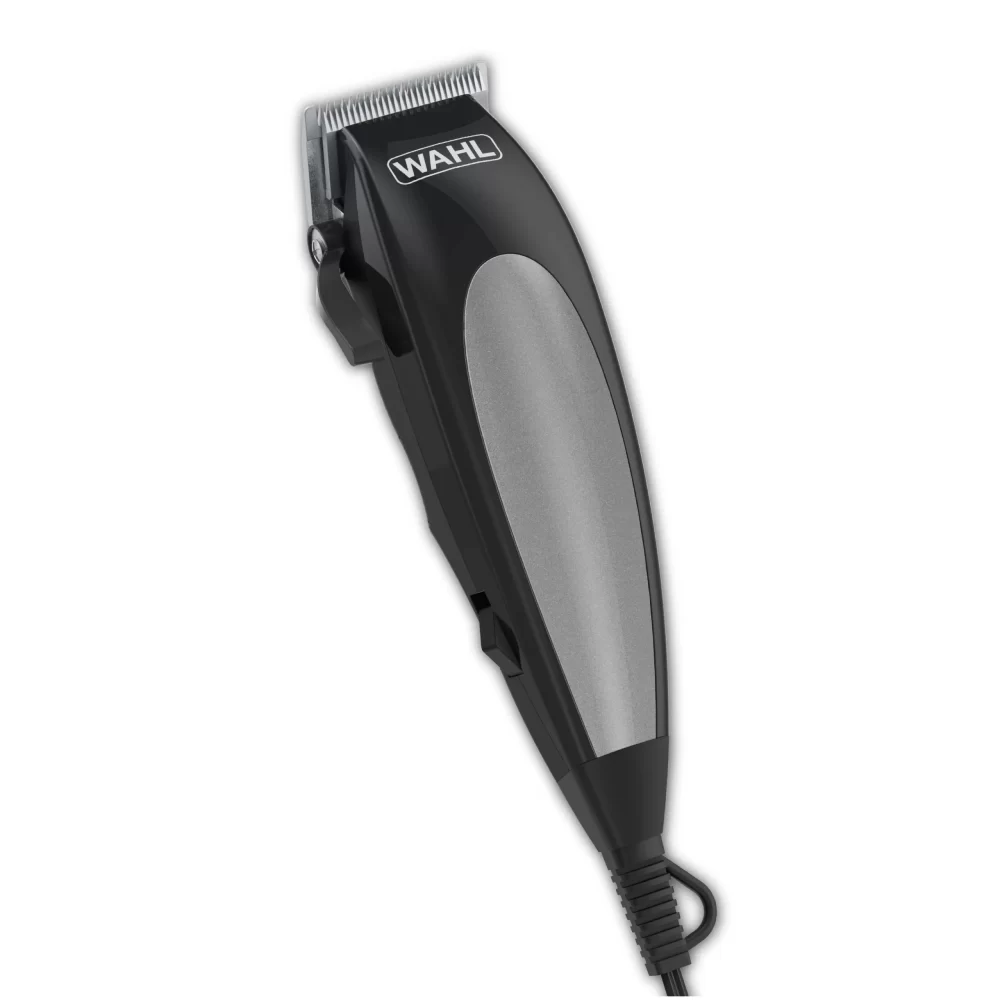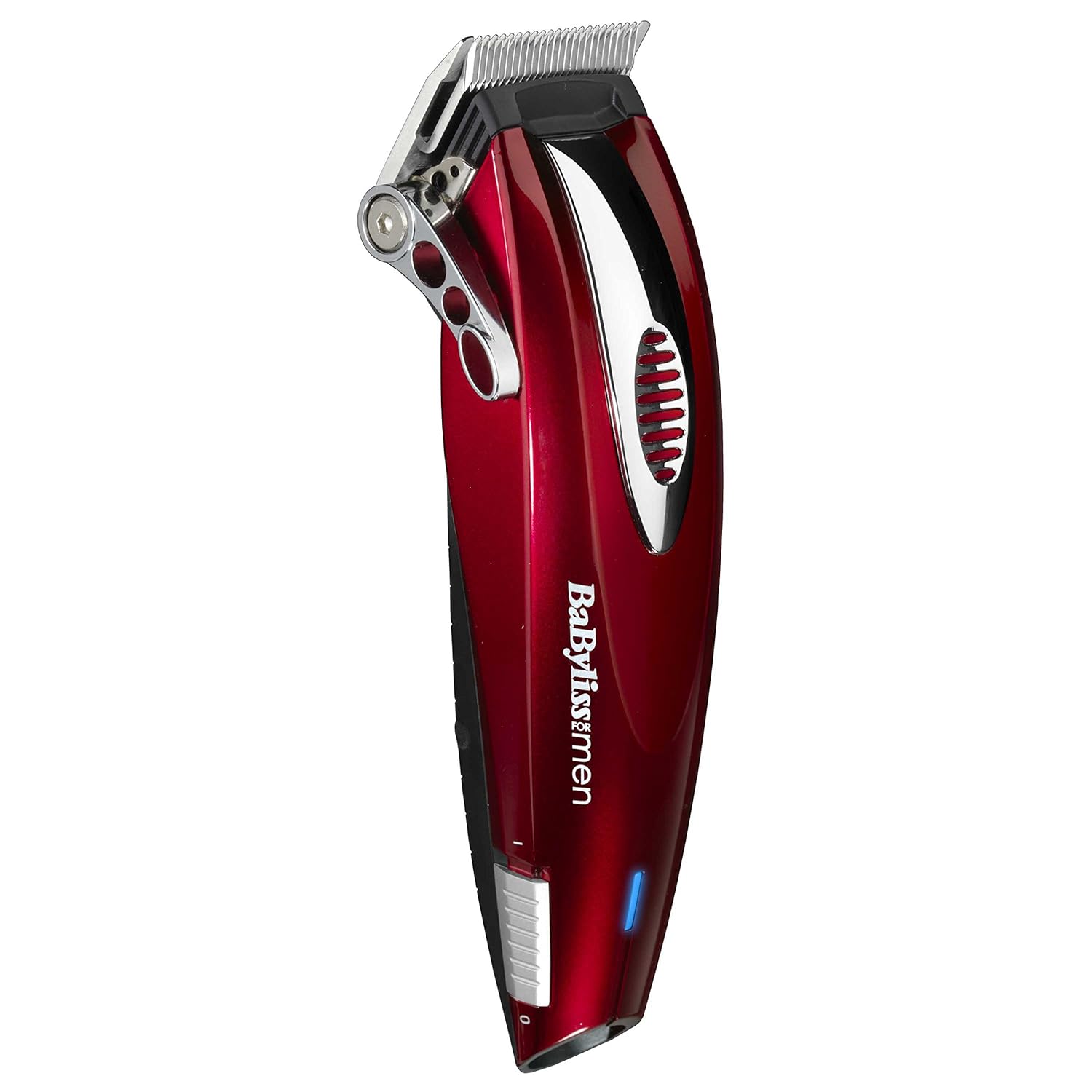When it comes to personal grooming, using hair clippers is one of the most convenient and efficient methods for maintaining a clean and polished look. Whether you are a professional hairstylist or someone looking to touch up your hair at home, understanding how to properly use hair clippers can take your grooming game to the next level. This article will delve deep into the essentials of using hair clippers, including techniques, maintenance, and troubleshooting, ensuring you achieve the best results every time.
Understanding Hair Clippers: The Basics
Before diving into the practical aspects of using hair clippers, it’s important to understand what they are and how they work.
Different Types of Hair Clippers
Hair clippers come in several varieties, each designed for specific purposes. While the terminology may vary, here are the most common types:
- Corded Hair Clippers: These clippers are powered by electricity, providing consistent performance without the need for a battery charge. Ideal for professional salons, they usually offer longer run times and more power.
- Cordless Hair Clippers: These clippers run on rechargeable batteries, allowing for more mobility during use. Perfect for home users who want the freedom to reach various angles without being tethered to a wall socket.
- Trimmers: Often mistaken for hair clippers, trimmers are used for detailing and finishing touches. They are generally smaller and perfect for refining edges around the ears, neckline, and facial hair.
- Clipper Kits: These kits typically come with multiple guard sizes, oil, and cleaning brushes. They are ideal for beginners as they provide everything needed to start grooming.
The Anatomy of Hair Clippers
To effectively use hair clippers, it’s essential to familiarize yourself with their parts:
- Blade: The cutting blade is the most critical part of the clipper. It’s usually made of stainless steel or titanium and may feature a ceramic coating for smoother cutting.
- Guard Combs: These combs attach to the blades and determine the length of hair left after cutting. They come in various sizes, allowing for versatile styles.
- Motor: The motor powers the blades, and its speed impacts the cutting efficiency. High-speed motors are often preferred for thick hair.
- Lubrication Ports: Many high-quality hair clippers come with ports for lubrication. Regular oiling extends the life of the blades and maintains their sharpness.
Preparing for a Haircut
Preparation is key when using hair clippers. Whether you’re cutting your hair or someone else’s, taking some time to prepare will ensure a smoother and more efficient process.
Gather Your Tools
Before starting, consider gathering all necessary tools:
- Hair clippers
- Various guard combs
- A comb for detangling
- Scissors for trimming longer hair
- A cape or towel to catch hair
- A handheld mirror (if cutting your own hair)
Clean and Detangle Hair
If you’re working with longer hair, comb through it to remove tangles. Shorter hair can generally be clipped without much prep, but ensure it’s clean and dry for the best results. Dirty hair can lead to pulling and snagging, making the cutting process more difficult.
Choose Your Style
Before you start cutting, decide on the style you want. Research and visualize the final look to avoid any mistakes. Depending on the length and style, different guard sizes will come into play.
Basic Techniques for Using Hair Clippers
Now that you’ve prepared everything, it’s time to learn how to use hair clippers effectively.
Grip and Technique
Getting a comfortable grip on the clippers is crucial. Hold them with your dominant hand while using your other hand to guide the hair:
- Positioning: Ensure the clippers are angled correctly; most users find a 45-degree angle works best for cutting.
- Gentle Pressure: Apply gentle pressure as you move the clippers through the hair. Too much pressure can cause pulling and discomfort.
Choosing the Right Guard Size
Select a guard size that corresponds with the length you desire. Here’s a quick guide for common lengths:
- #0: Bald (1/16 inch)
- #1: Very short (1/8 inch)
- #2: Short (1/4 inch)
- #3: Medium short (3/8 inch)
- #4: Medium (1/2 inch)
- #5: Medium long (5/8 inch)
- #6: Long (3/4 inch)
Clipper Movements
When using hair clippers, your movements can significantly impact the final result:
- Slow and Steady: Keep your pace steady. Rushing can lead to uneven cuts.
- Blending: If transitioning between different lengths, you can use a technique called “overshadowing.” This involves using a longer guard first, then gradually moving down to shorter guards for a blended effect.
- Use Horizontal and Vertical Strokes: For the best overall coverage, switch between horizontal strokes (from ear to ear) and vertical strokes (from the back of the head to the front).
Common Mistakes to Avoid
Even seasoned users can make mistakes while using hair clippers. Here are some common pitfalls to watch out for:
Over-Cutting
One of the biggest mistakes beginners make is cutting too much hair at once. Start by trimming a small amount and gradually increase until you achieve the desired length.
Wrong Guard Size
Using an incorrect guard size can lead to awkward lengths. Always double-check the guard you are using before starting.
Neglecting to Clean the Blades
Cleaning your clipper blades regularly is essential for optimal performance. Hair, dirt, and oil can build up over time, leading to dull blades and uneven cuts.
Incorrect Blade Angle
Holding the clippers at the wrong angle can lead to uneven results. Always maintain a consistent angle to ensure a smooth cut.
Maintaining Your Hair Clippers
Once you’ve successfully used your hair clippers, it’s important to know how to maintain them for longevity and performance.
Cleaning the Blades
After each use, remove any hair clippings stuck to the blades using a brush. For a deeper clean:
- Disassemble the Blades: If your clippers allow, remove the blades for thorough cleaning.
- Wash in Soap and Water: Use mild soap and warm water to clean the blades, then rinse and dry them carefully.
- Oil the Blades: Apply a few drops of clipper oil and run the clippers briefly to distribute it evenly.
Regular Maintenance Checks
- Tighten Loose Screws: After regular use, check for any loose screws or parts that need tightening.
- Inspect the Cords: If you’re using corded clippers, inspect the power cord regularly for any signs of wear or fraying.
Storing Your Clippers Properly
Store your hair clippers in a dry, cool area, away from moisture. Consider using a storage case or pouch to keep them protected from dust and accidental damage.
 Common Troubleshooting Tips
Common Troubleshooting Tips
Even with careful preparation and maintenance, you may encounter issues while using hair clippers. Here are some troubleshooting tips:
Blades Not Cutting Properly
If your clippers are tugging or pulling hair, it may be time to sharpen or replace the blades. Regular maintenance helps prolong their lifespan.
Clippers Overheating
Clippers can overheat during extended use. If this happens, turn them off and let them cool before continuing. Regular oiling can also help mitigate overheating.
Battery Issues (for Cordless Clippers)
If your cordless clippers aren’t holding a charge, ensure the battery is replaced according to the manufacturer’s instructions. Sometimes, deep cycling the battery helps restore performance.
Uneven Cuts
If you’re finding it difficult to achieve an even cut, consider utilizing a mirror to check the areas you may have missed. You can also ask someone to help you with hard-to-reach places.
Conclusion
Using hair clippers offers a cost-effective and efficient way to maintain your hairstyle. From understanding the different types of clippers to mastering the techniques of cutting and blending, being equipped with the right knowledge will dramatically improve your grooming results. Regular maintenance not only extends the life of your clippers but enhances their performance, ensuring that you get a clean and even trim every time.
Developing confidence and skill with hair clippers takes practice, so don’t hesitate to experiment and find what works best for you. Ultimately, using hair clippers is not just a practical skill; it empowers you to take control of your grooming routine like a pro.




